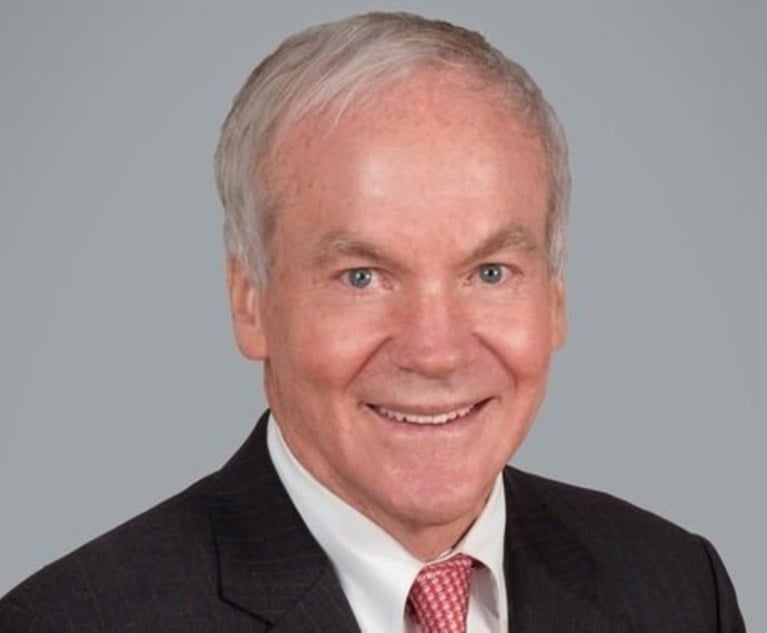Virtually every medical malpractice case presents issues as to the permissible extent of discovery of the plaintiff’s medical records. CPLR §3101, requiring “full disclosure of all matter material and necessary in the prosecution or defense of an action,” and CPLR §4504, codifying the physician-patient privilege, require reconciliation on specific facts. The oft cited decision of the Court of Appeals in Koump v. Smith, 25 N.Y.2d 287 (1969), established long ago that plaintiffs who affirmatively place their physical or mental condition in controversy waive the doctor-patient privilege. As amplified by the court in Dillenbeck v. Hess, 73 N.Y.2d 278 (1989), “[A] party should not be permitted to affirmatively assert a medical condition in seeking damages … while simultaneously relying on the confidential physician-patient relationship as a sword to thwart the opposition in its efforts to uncover facts critical to disputing the party’s claim.” Id. at 287. In the ever-increasing complexity of malpractice litigation, this reconciliation often requires more skill than is available to the task.
As a result, there are instances in which the defense is hastily limited to obtaining the records of treatment to the plaintiff’s left foot, because at the time of the preliminary conference there is insufficient information to demonstrate that there are other aspects of the patient’s treatment which have a material bearing upon the injuries sustained, the treatment required, and the extent of damages which require compensation. The appellate courts have consistently held that the decisions on access to medical records are to be made on the basis of in camera review of the records and the materiality of their content to the claims in the case. See Cynthia B. v. New Rochelle Hospital, 60 N.Y.2d 452, 461 (1983), and James v. 1620 Westchester Ave., 147 A.D.2d 575 (1st Dep’t 2017). That option is frequently premature when the judge supervising discovery is called upon to make a ruling early in the course of the litigation. The defense at that point has no access to the records in issue and no ability to obtain the expert witness input to explain how the records are relevant.


 John L.A. Lyddane
John L.A. Lyddane




